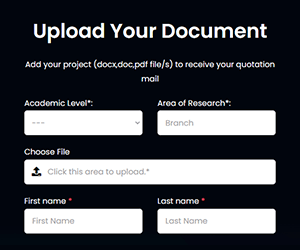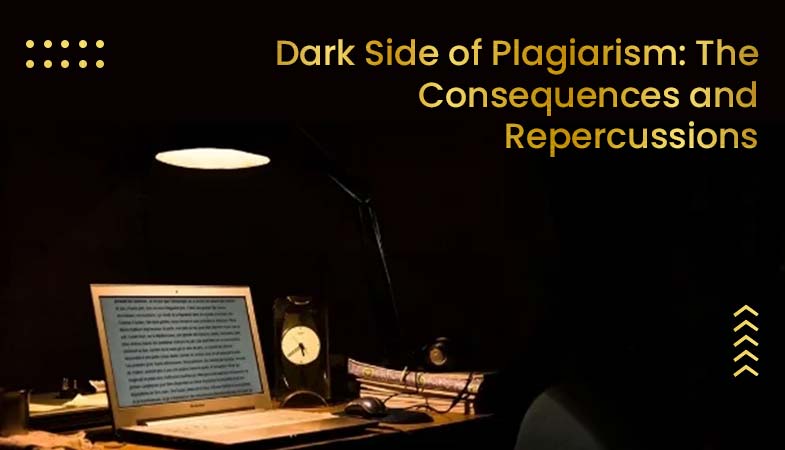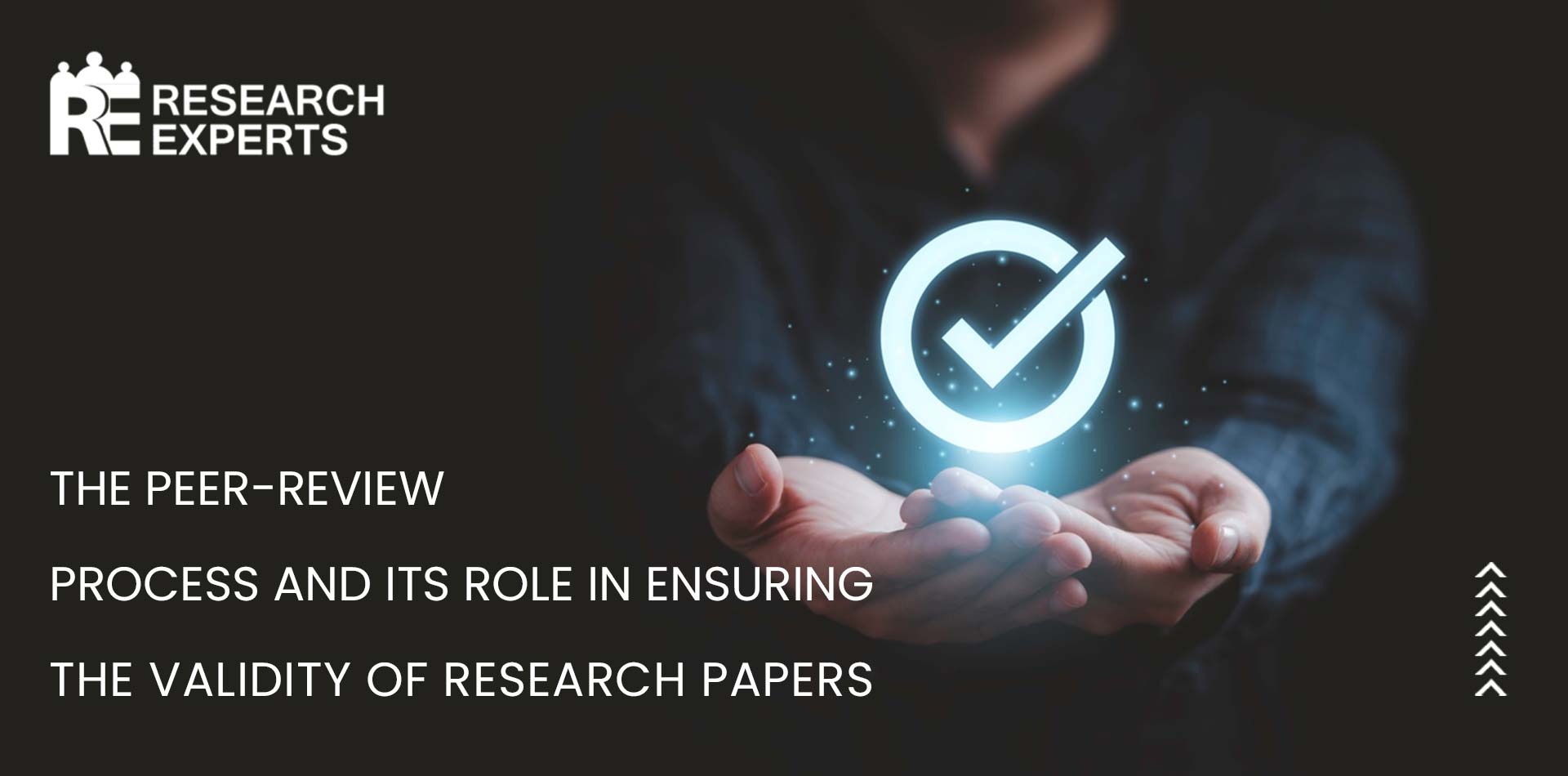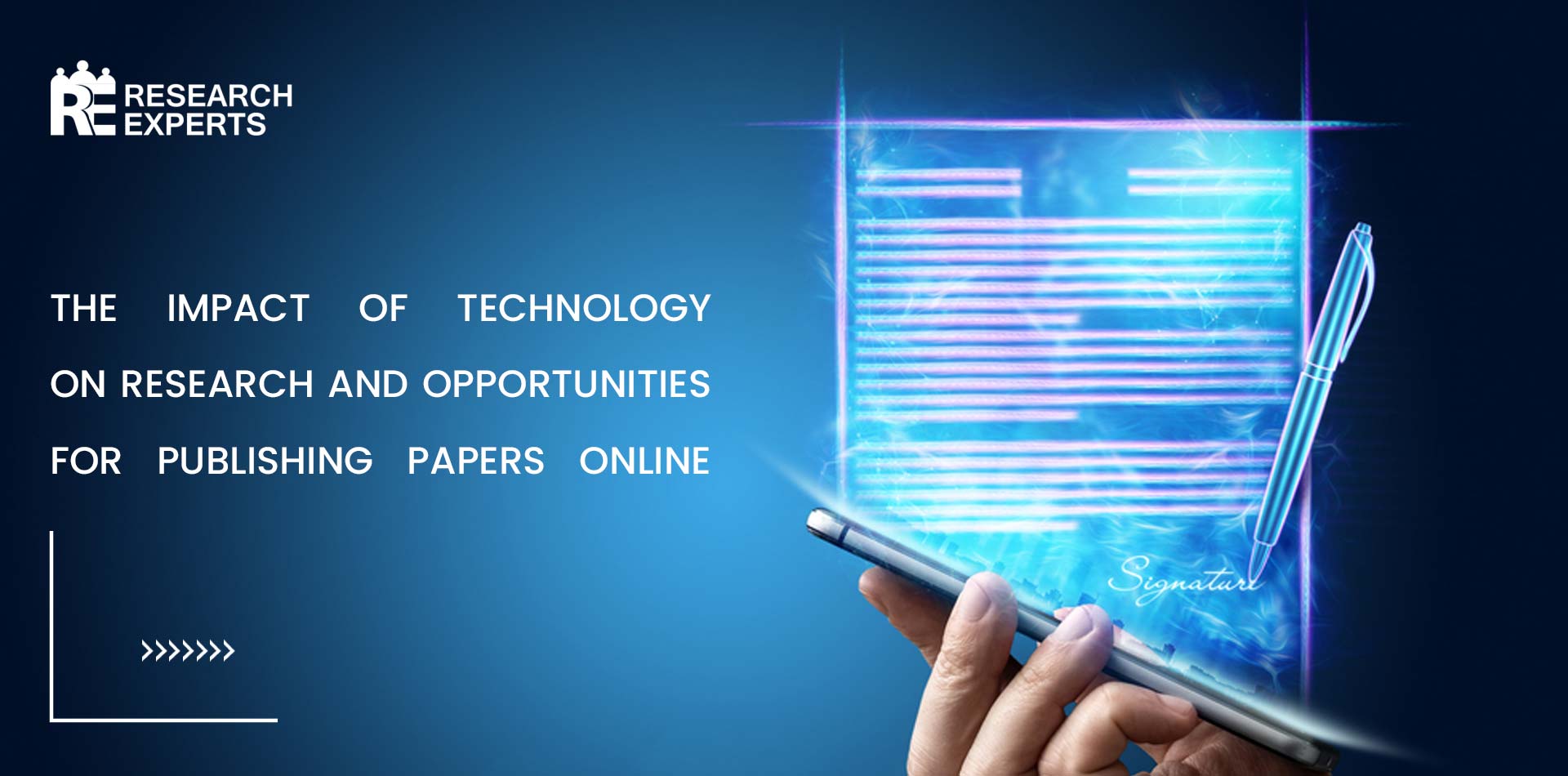
Can Citation reduce plagiarism?
Can Citation reduce plagiarism? – Can Citation reduce plagiarism? Citation is a key tool in the prevention of plagiarism, as it allows writers to give credit to the original sources of the information and ideas that they use in their work. Proper citation allows readers to easily see where the original ideas and information came from and to follow up on those sources if they want to learn more. It also helps to distinguish between the original ideas and information and the writer’s own analysis and interpretation of that material.
By citing sources accurately and consistently, writers can avoid the accidental or intentional use of others’ work without proper attribution, which is considered plagiarism. However, it’s important to note that simply citing sources does not guarantee that a text is free from plagiarism; it’s also important to paraphrase and summarize sources accurately and to use quotation marks appropriately when directly quoting material.
How to properly cite?
- One way to ensure that citations are being used correctly is to familiarize oneself with the various citation styles that are commonly used in the field of study. This includes understanding how to properly format in-text citations and reference list entries, as well as how to properly use quotation marks when directly quoting a source. It is also important to keep track of all sources used in research, including those that may not be directly cited in the final product. This can be done through the use of a citation management tool or simply by maintaining a comprehensive list of sources as research is conducted.
- Another key aspect of preventing plagiarism through citation is understanding how to properly paraphrase and summarize sources. When paraphrasing, it is important to restate the original content in your own words rather than simply changing a few words here and there. When summarizing, it is important to condense the main points of a source into a shorter form while still maintaining the integrity of the original content.
- In addition to these proactive measures, there are also a number of tools and resources available to help detect and prevent plagiarism. One such tool is plagiarism detection software, which can scan a document and identify any instances of copied or unoriginal content. While these tools can be useful, it is important to note that they are not foolproof and should not be relied upon as the sole method of detecting plagiarism.
Conclusion
In conclusion, a citation is an important tool in the prevention of plagiarism, as it allows writers to give credit to the original sources of the information and ideas that they use in their work. By understanding and using citation styles correctly, accurately paraphrasing and summarizing sources, and utilizing available tools and resources, writers can ensure that their work is original and avoid the consequences of plagiarism.








